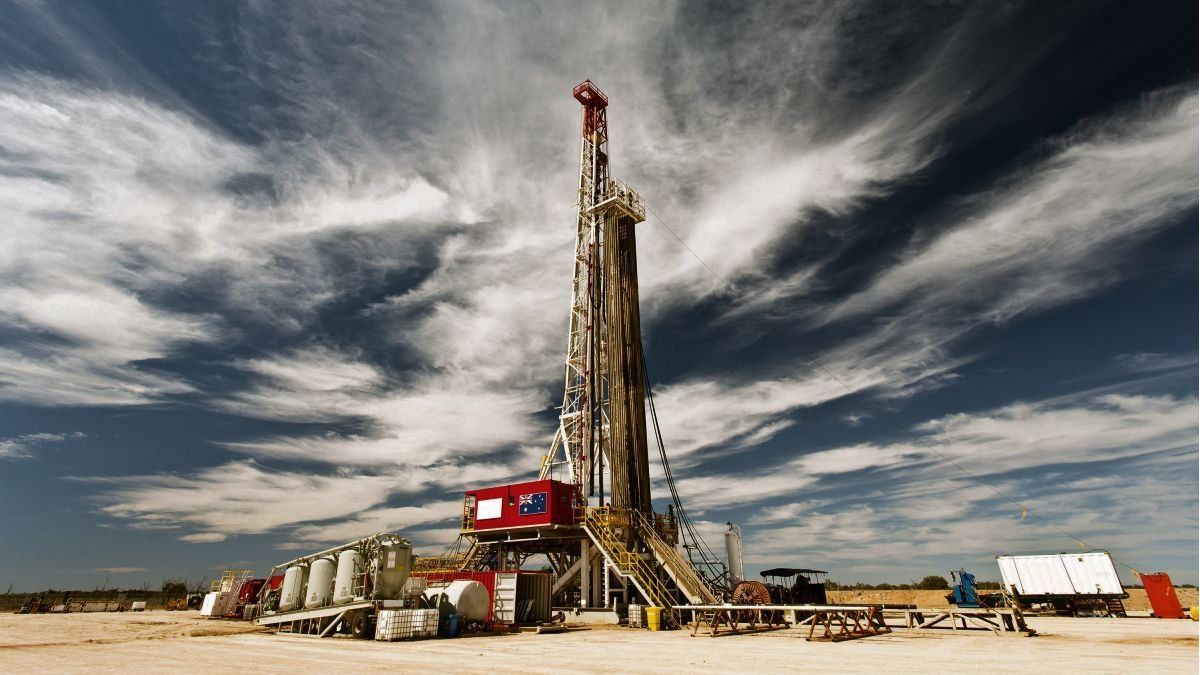Despite the auspicious potential in the medium and long term, the energy sector faces a challenging outlook for 2022. Beyond the gas agreement with Bolivia, around 50 LNG ships still need to be imported to supply winter demand, contract that could be signed by the state IEASA in the coming daysat prices well above those of a year ago, and the industry discounts that there could be cuts. Due to the war, record international prices put in check the reduction of subsidies and therefore the fiscal goal agreed with the IMF. Imports and energy subsidies could reach an all-time highaccording to a report made by Arceo in its consulting firm Economy and Energy.
Potential
For the resources in Vaca Muerta, Argentina is in second place in the world in unconventional natural gas reserves, and in the fourth in the case of oil. In shale gas, the country has resources for two centuries of internal consumption, and in sale oil, for a century, only with the Neuquén formation, according to data from the Arceo, Bersten and Wainer report.
The impact of this magnitude of resources at the sectoral level means breaking “the dichotomy between supplying the local and foreign markets that characterized the sector since its constitution in the first decades of the last century”.
However, the impact transcends the sector and becomes macroeconomic, and in fact the work ensures that “the link between the external restriction and the energy sector is closer than what the traditional literature underlined”. As an example, the report published by Fundar analyzes that the deterioration of the energy trade balance began to worsen in 2011, and as a consequence of this growing deficit, the external restriction “progressively worsened”, reaching an energy deficit of US$6,902. million in 2013. “Although the historical external vulnerability that the Argentine economy usually presents greatly exceeds the energy trade, without a doubt the deficit incurred in this sector has been a central factor,” says the work.
On the contrary, due to the magnitude and characteristics of unconventional resources, the development of the sector could “eliminate, or at least, moderate the external restriction.” The paper analyzes three possible scenarios about the expansion that could occur in Vaca Muerta production and export volumes. With the development of 25% of the resources, US$16,866 million in exports could be added each year for the next half century. In the case of developing 50% of the resources, the figure rises to US$33,731 million per year, while it rises to US$50,597 million per year if 75% of the resources were developed. By way of comparison with agriculture: “The potential of hydrocarbon production would allow the consolidation of a new export platform similar to two soybean complexes”, analyze the work.
dead cow.png
To achieve the increase in exports, there are differences between oil and gas. The work details that the rise could occur in the short term in the case of crude oil since the infrastructure is available, although investments are required to guarantee “full operation.” Although he assures that the development of unconventional production “It could not be explained without the role” of YPF after its renationalization in 2012the report considers that the massive development in production levels also requires a “substantial” increase in private investment.
To increase gas exports, there if a “significant infrastructure development” is needed, in the gas pipeline network and in export liquefaction terminals. This Thursday, President Alberto Fernández will visit the YPF operation in Neuquén to start the construction of the Néstor Kirchner gas pipeline.
About the demand that Vaca Muerta could have in international markets, in a context of necessary energy transition due to climate change, the report analyzes that this transition will be a challenge, but at the same time an opportunity. A challenge because production will have to be increased in the coming years, given that there will be a “progressive abandonment” of fossil fuels throughout the century. But at the same time an opportunity because the displacement of coal in the energy transition will imply a greater demand for natural gas, which is 40% less polluting, so “it will be used as a transition fuel”.
Source: Ambito
David William is a talented author who has made a name for himself in the world of writing. He is a professional author who writes on a wide range of topics, from general interest to opinion news. David is currently working as a writer at 24 hours worlds where he brings his unique perspective and in-depth research to his articles, making them both informative and engaging.




